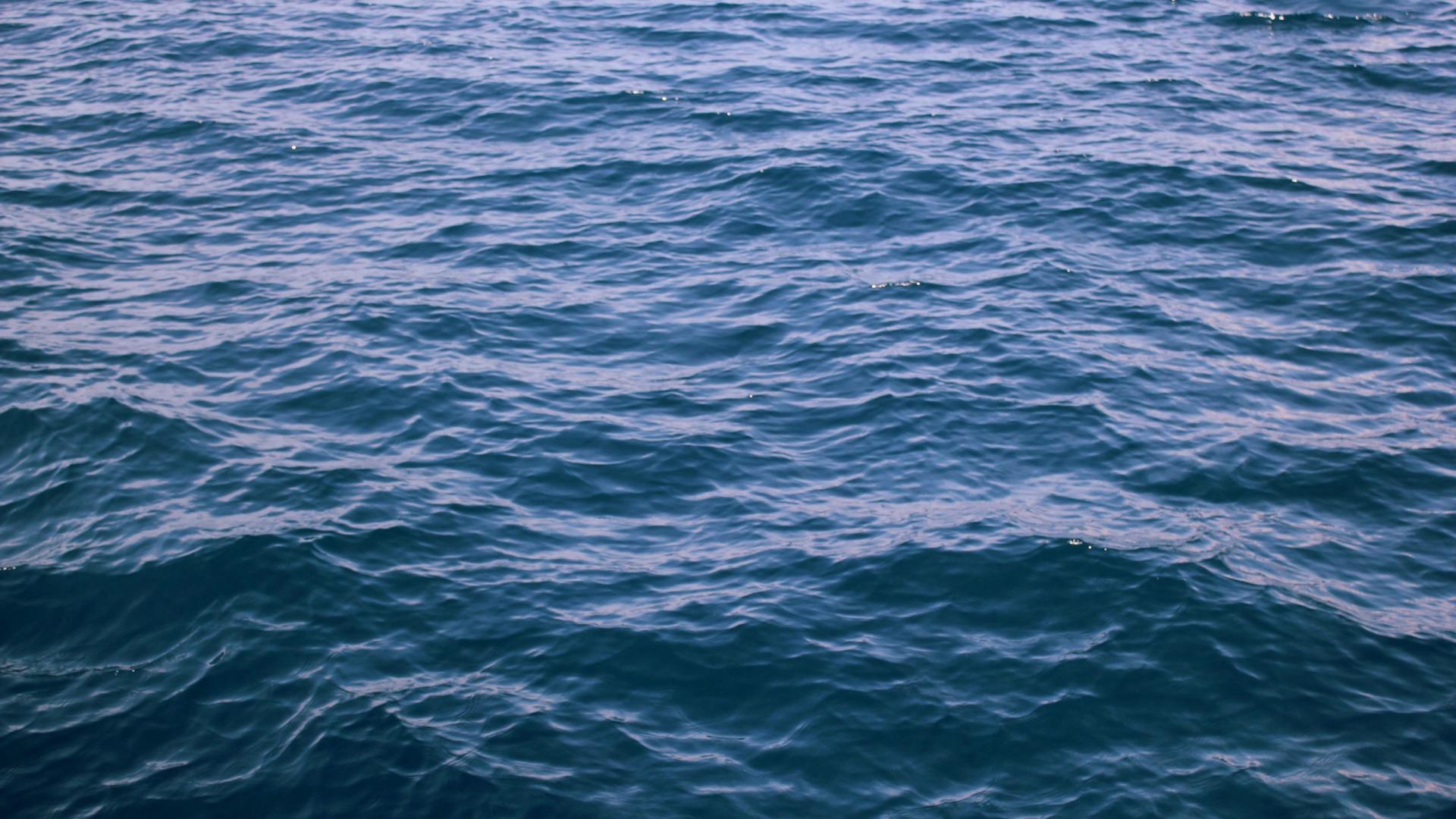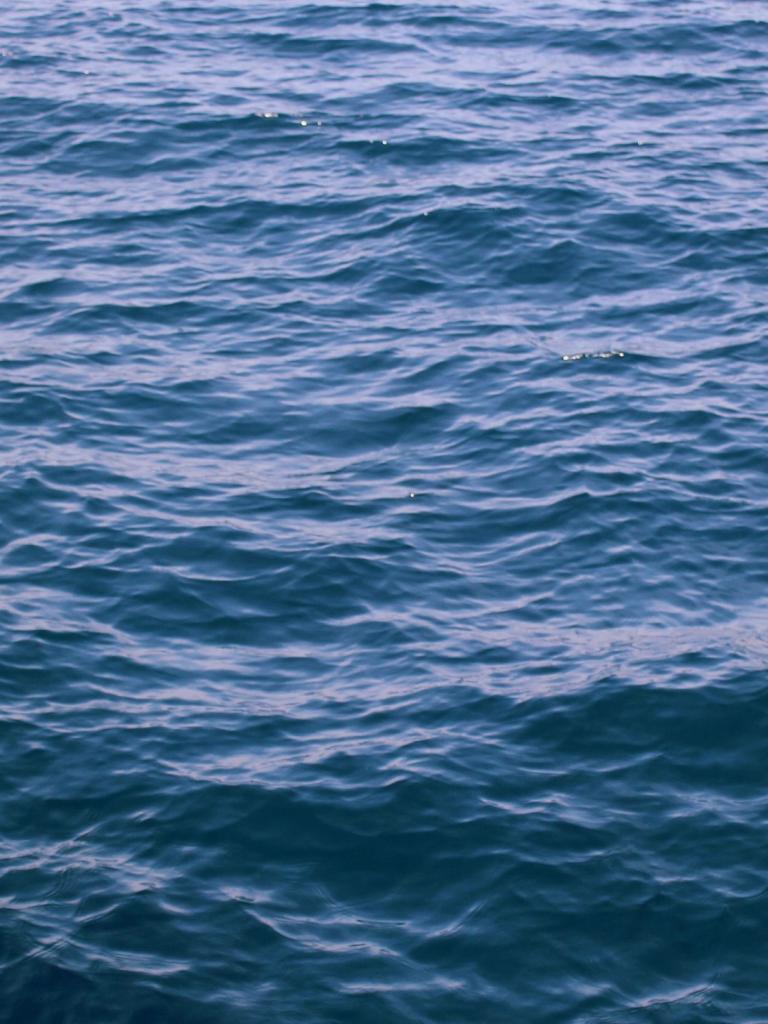The main objective of the study AIRWAVE — SLSTR: an algorithm to retrieve TCWV from SLSTR measurements over water surfaces was to extend the AIRWAVE algorithm, initially developed for the (A)ATSR instruments (Casadio et al., 2016), to the Sentinel 3 SLSTR series of instruments to create a concrete prototype for a future operational Copernicus Sentinel 3 SLSTR Level-2 Integrated Water Vapour product.
The extended algorithm, AIRWAVE-SLSTR, now has the unique capability to retrieve the TCWV over all the water surfaces of the Earth for cloud-free scenes using the SLSTR dual-view Thermal InfraRed (TIR) channels and, therefore, in both day and nighttime.
The major effort spent in the initial study was to implement in AIRWAVE the SLSTR instrument characteristics (different from the (A)ATSR family of instruments) and exhaustively characterise the quality and uncertainties of the retrieved TCWV product. The AIRWAVE-SLSTR TCWV products included in the diagnostic dataset (four months of 2018 for S3-A and one month of 2018 for S3-B) have been validated using both ground-based observations and SSMI/S products. The validation exercise has highlighted that there is a bias of about -2kg/m2 in the product and that the bias has a seasonal behaviour.
The main goal of this, the AIRWAVE-SLSTR follow-on study, is to refine and improve the AIRWAVE-SLSTR algorithm to achieve a more accurate and robust Integrated Water Vapour product from Sentinel-3 SLSTR, in particular in challenging areas such as at high latitudes and in the summer hemisphere. The findings and outcomes of the original AIRWAVE-SLSTR study will be used as a starting point to address the known AIRWAVE-SLSTR product limitations.
Objectives
The above objective will be achieved through:
- The computation of new retrieval parameters.
The new spectroscopic data (HITRAN2020) and continuum version (MT_CKD3.6) will be implemented into the Radiative Transfer Model (RTM) to compute a new set of retrieval parameters. Furthermore, the new set will be computed by exploiting a new temperature and water vapour climatology, based on ECMWF reanalysis data over water surfaces for the years covered by SLSTR measurements. - Extensive validation and performance analysis.
Building on the previous experience, the obtained products will continue to be validated through the inter-comparison of AIRWAVE TCWV against SSMI/S, IGRA and AMTROC-MWR TCWV products. Furthermore, an attempt will be made to also include the COWa-OLCI TCWV products in the validation exercise, with the target of inter-comparing the retrieved TCWV with three different instruments onboard the Sentinel-3 satellites. The validation exercise will be performed using the new validation dataset, containing 12 months of Sentinel-3A data and four months of Sentinel-3B AIRWAVE -SLSTR TCWV data.
To increase the flexibility of the AIRWAVE-SLSTR code, the code will be ported to the open-source python language. AIRWAVE-SLSTR version 1 was developed using the Interactive Data Language (IDL) language, which is a proprietary language for which a license should be acquired. Best practices and guidelines will be followed during the porting of the code.
In the frame of this follow-on study, an investigation of the feasibility of using AIRWAVE-SLSTR over land, to assess the quality of emissivity datasets, will also be carried out. Previous tests have shown the high sensitivity of the AIRWAVE algorithm to the surface emissivity over land and, therefore, to the selected emissivity dataset. Even if this result highlighted that the AIRWAVE–SLSTR algorithm could not be used to produce a reliable TCWV product over land, it suggested that the algorithm can be exploited as a tool to assess the quality of the different existing TIR surface emissivity datasets. Therefore, a feasibility study will be performed using AIRWAVE-SLSTR to assess the quality of different surface emissivity databases by comparing the computed TCWV with OLCI TCWV products and/or other reference products.
For the duration of the AIRWAVE-SLSTR follow-on study, the team will communicate with end-users, relevant experts at EUMETSAT, and external Sentinel-3 SLSTR instrument and processing experts. This will ensure a thorough understanding of the scientific and technical background of the instrument and that end-users requirements for the AIRWAVE-SLSTR product are met.
Overview
The AIRWAVE algorithm has been designed to retrieve the TCWV from the measurements of the Along Track Scanning Radiometer (ATSR) instrument series (Casadio et al., 2016, Castelli et al., 2019). The algorithm, independent from external constraints, makes use of a set of tabulated parameters calculated off-line using an RTM specifically developed to simulate the ATSR radiances. The approach exploits the clear sky Brightness Temperature measured over the sea in forward and nadir directions in the TIR channels.
Onboard the Sentinel-3 satellites, SLSTR is an advanced version of the ATSR instruments. The AIRWAVE algorithm has been extended to the measurements of SLSTR (AIRWAVE — SLSTR) to produce the SLSTR Level-2 Integrated Water Vapour product. The AIRWAVE-SLSTR TCWV products are available at the native SLSTR resolution of 1km (Figure 1). In Figure 2, we show the January, April, July, and October 2018 average TCWV distribution re-gridded on a regular 0.25° x 0.25° grid for Sentinel–3A.
| Phase | Details |
|---|---|
| Kick-Off | 13/07/2022 |
| Duration | 18 months |
| Status | Ongoing |
| WP1000 | Management |
| WP5000 | Public outreach |
| WP6000 | AIRWAVE-SLSTR retrieval parameters version 2 |
| WP7000 | Validation of AIRWAVE-SLSTR products |
| WP8000 | Study of the application of AIRWAVE-SLSTR over land as a quality check for land emissivity datasets |
| WP9000 | Porting of AIRWAVE-SLSTR in python |
Technical documents
Requirements Baseline
Algorithm Theoretical Basis Document
Presentations
Dinelli, B. M., Castelli, E., Papandrea, E., Casadio, S., and Bojkov, B (2019), AIRWAVE-SLSTR: an algorithm to retrieve TCWV from SLSTR measurements over water surfaces, 2nd Associazione Italiana di Scienze dell’Atmosfera e Meteorologia (AISAM) Congress, Napoli (Italy).
Dinelli, B. M., Castelli, E., Papandrea, E., Pettinari, P., Lorenzi, G., Casadio, S., Valeri, M., and Bojkov, B. (2022), AIRWAVE-SLSTR version 2: implementation and preliminary validation results of the retrieved TCWV, EUMETSAT Meteorological Satellite Conference 2022, 19-23 September, Brussels (Belgium). (Included in the directory, AIRWAVE-EUMETSAT-2022)
Valeri, M., Dinelli, B. M., Castelli, E., Papandrea, E., Pettinari, P., Lorenzi, G., Casadio, S., and Bojkov, B. Results of the validation of the AIRWAVE-SLSTR TCWV product and follow-on study, 7th Sentinel 3 Validation Team Meeting, 18 - 20 October 2022, ESA-ESRIN. (Included in the directory, AIRWAVE-S3VTM-2022)
Publications
Casadio, S., Castelli, E., Papandrea, E., Dinelli, B. M., Pisacane, G., and Bojkov, B. (2016), Total column water vapour from along track scanning radiometer series using thermal infrared dual view ocean cloud free measurements: The Advanced Infra-Red WAter Vapour Estimator (AIRWAVE) algorithm, Remote Sens. Environ., 172, 1–14.
Papandrea, E., Casadio, S., De Grandis, E., Castelli, E., Dinelli, B. M., Bojkov, B. (2018), Validation of the Advanced Infra-Red Water Vapour Estimator (AIRWAVE) Total Column Water Vapour using Satellite and Radiosonde products, Annals of Geophysics, 61, Fast Track 8.
Castelli, E., Papandrea, E., Di Roma, A., Dinelli, B. M., Casadio, S., and Bojkov, B. (2019), The Advanced Infra-Red WAter Vapour Estimator (AIRWAVE) version 2: algorithm evolution, dataset description and performance improvements, Atmos. Meas. Tech., 12, 371–388.
Papandrea, E., Casadio, S., Castelli, E., Dinelli, B. M., and Miglietta, M. M. (2019), Lee wave detection over the Mediterranean Sea using the Advanced Infra-Red WAter Vapour Estimator (AIRWAVE) total column water vapour (TCWV) dataset, Atmos. Meas. Tech., 12, 6683–6693.
| Phase | Date and location |
|---|---|
| Kick-Off | 13/07/2022, CNR-ISAC (Bologna) |
| Progress Meeting 1 | 17/10/2022, Serco Italia (Frascati, Rome) |
| Progress Meeting 2 | 01/02/2023, CNR-ISAC (Bologna) |
| Subsequent meetings | TBD |
Conferences
EUMETSAT Meteorological Satellite Conference 2021, 20-24 September 2021, virtual edition, Results of the validation of the AIRWAVE - TCWV product retrieved using the Sentinel 3 – A/B SLSTR TIR measurements.
7th Sentinel 3 Validation Team Meeting, 18-20 October 2022, ESA-ESRIN, Results of the validation of the AIRWAVE-SLSTR TCWV product and follow-on study.
Performed during the original AIRWAVE-SLSTR study:
2nd Associazione Italiana di Scienze dell’Atmosfera e Meteorologia (AISAM) Congress, 24-26 September 2019, Napoli (Italy), AIRWAVE-SLSTR: an algorithm to retrieve TCWV from SLSTR measurements over water surfaces.
EUMETSAT Meteorological Satellite Conference 2021, 20-24 September 2021, virtual edition, Results of the validation of the AIRWAVE - TCWV product retrieved using the Sentinel 3 – A/B SLSTR TIR measurements.
ATMOS 2021, 22-26 November 2021, virtual event, AIRWAVE-SLSTR: The AIRWAVE algorithm extension to Sentinel 3 SLSTR measurement and the quality of the Water Vapor Columns retrieved over water surfaces.





